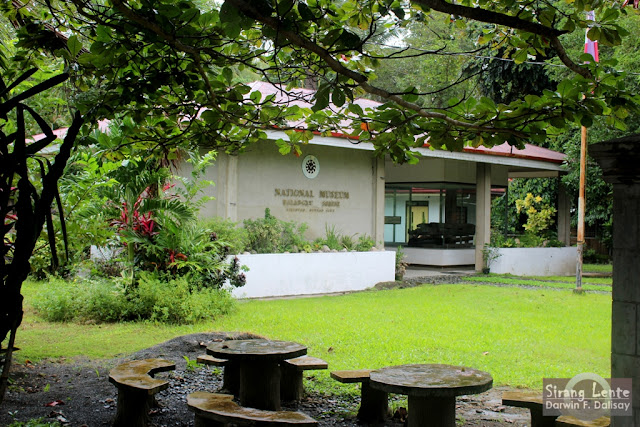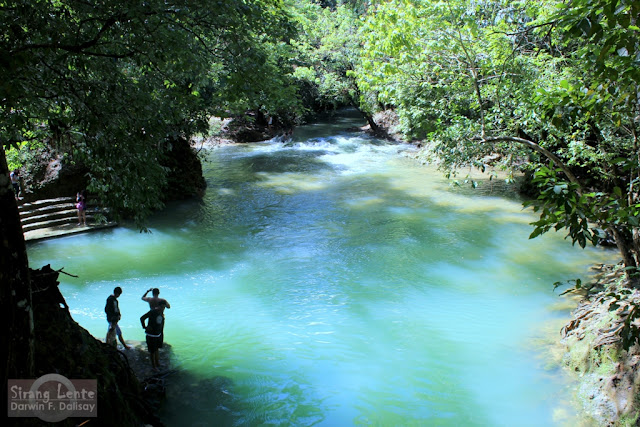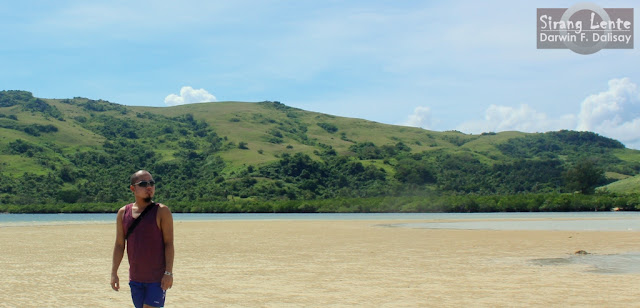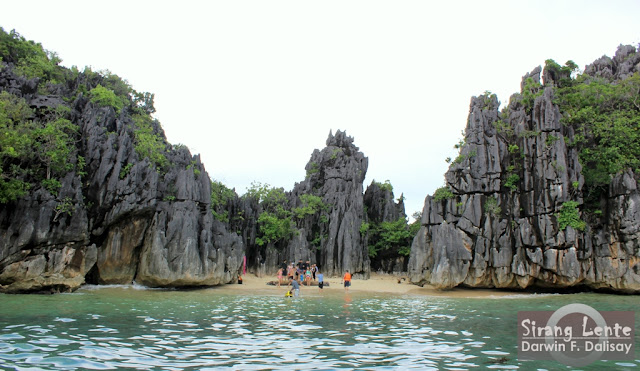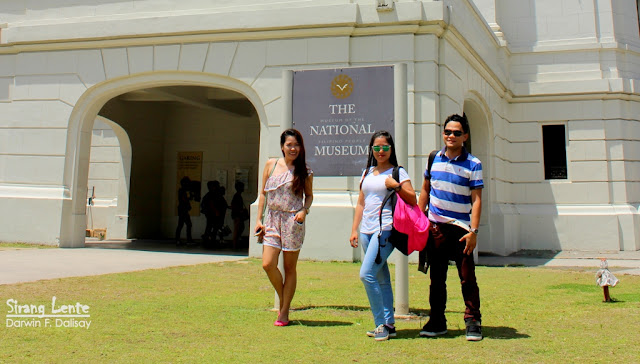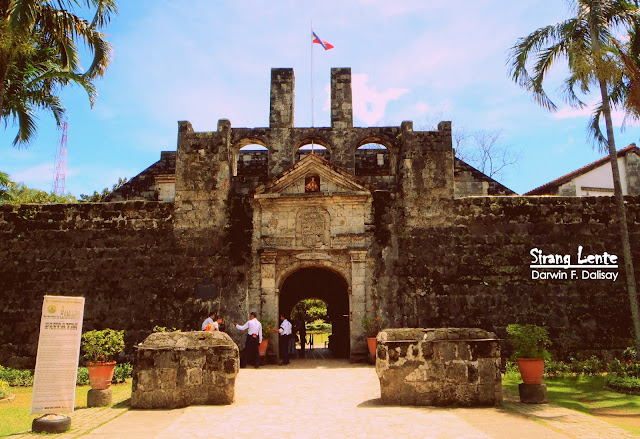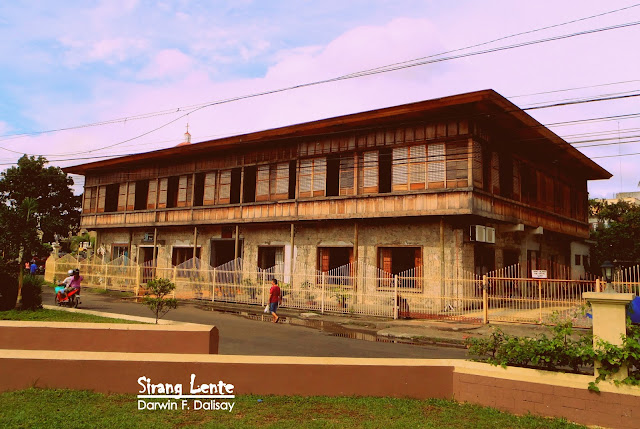
After my successful Cebu solo backpacking, another solo backpacking trip to the Visayas was planned - this is it: a solo backpacking trip in Western Visayas. The language barrier wasn't a problem because Hiligaynon has similarities to our native language in Romblon. During my travel, I learned that the Negrenses are accommodating and have a good sense of direction. For simple questions like, "Where is it located?" they provided me with detailed instructions. In general, Negros Occidental and the province of Ilo-Ilo are Must Visit provinces in the Philippines. Sorted according to my itinerary, historical, heritage, and tourist spots below were my destinations.








